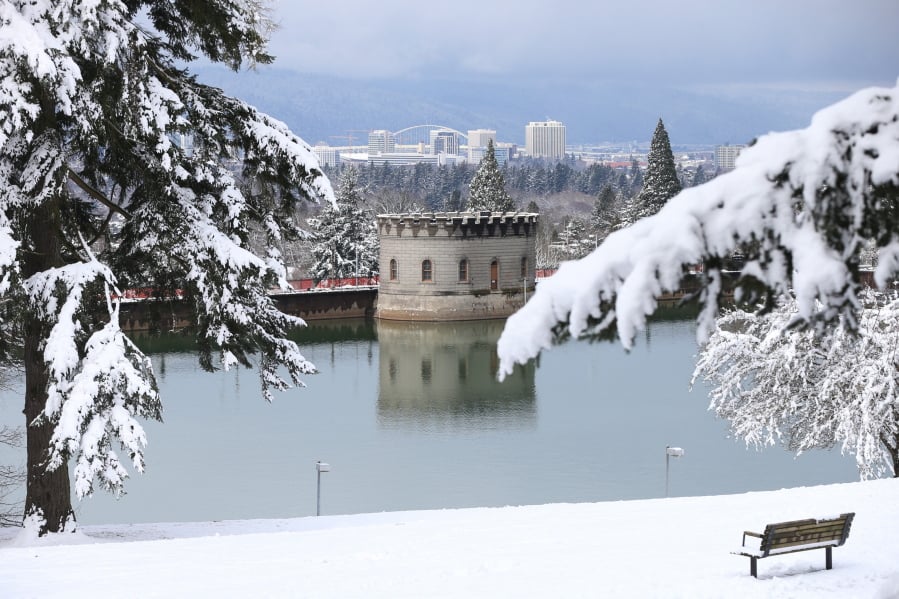PORTLAND — For the last 35 years, the snowpack in the West’s mountains has resisted the impacts of global warming. But that could soon change, according to a new study out of Oregon State University.
The study, published in the journal Geophysical Research Letters, found that although climate change should have caused a steep decrease in snowpack, naturally occurring, decades-long weather variations shielded the Cascades, Sierras and Rockies from some of the effects. Although snow stations have recorded some decline, it hasn’t been statistically significant. But according to the study, without this natural weather variation, snowpack in Oregon could have declined between 18 percent and 54 percent over the last 35 years.
The West has a wet season and a dry season and relies on winter snowpack for summertime water, so this could have drastic impacts on the region. Nick Siler, a climate scientist at Oregon State University and an author on the study, says that Oregon could be hit particularly hard when this trend reverses because it tends to snow in Oregon when temperatures are close to freezing, not far below freezing. It wouldn’t take much warming to tip that snow to rain.
It’s important to note that this study looked at snowpack on April 1, since it is the snow that will get the West through the summer. April 1 snowpack declined in Oregon by an average of 14 percent across the study period — but Siler cautions the margin of error is so large, the decline isn’t statistically significant.



